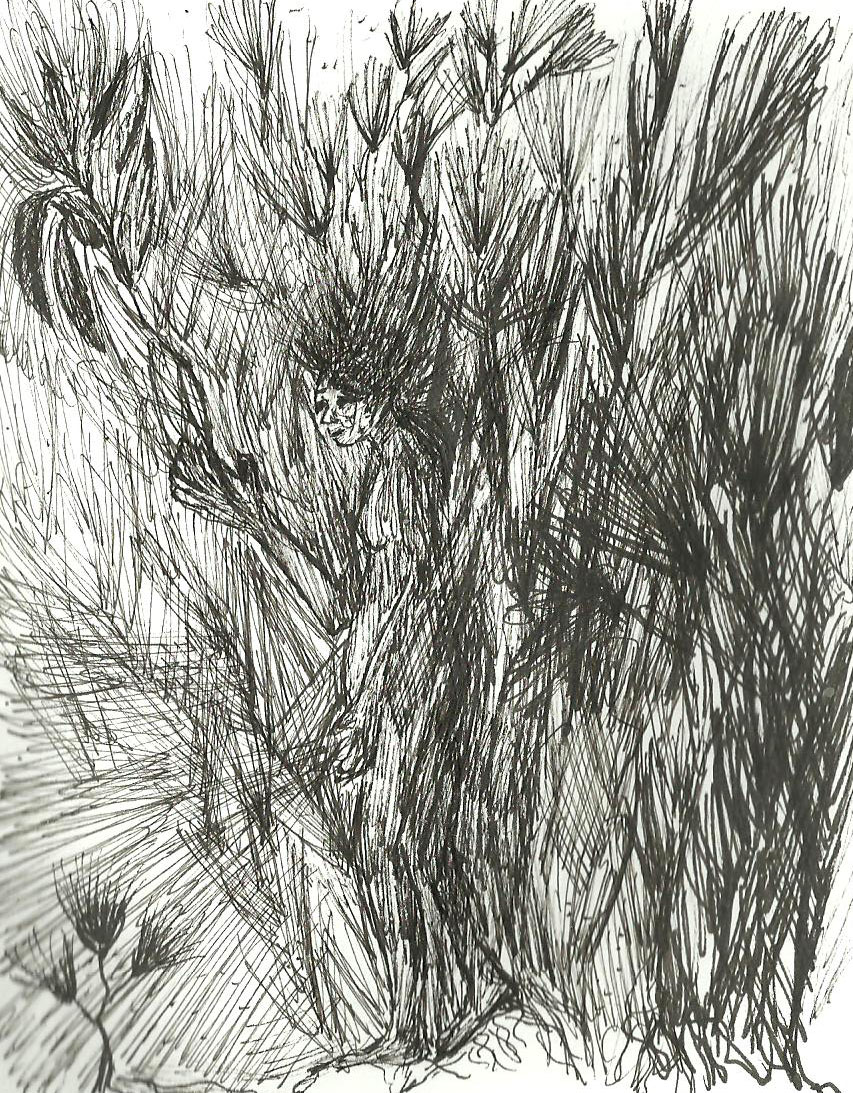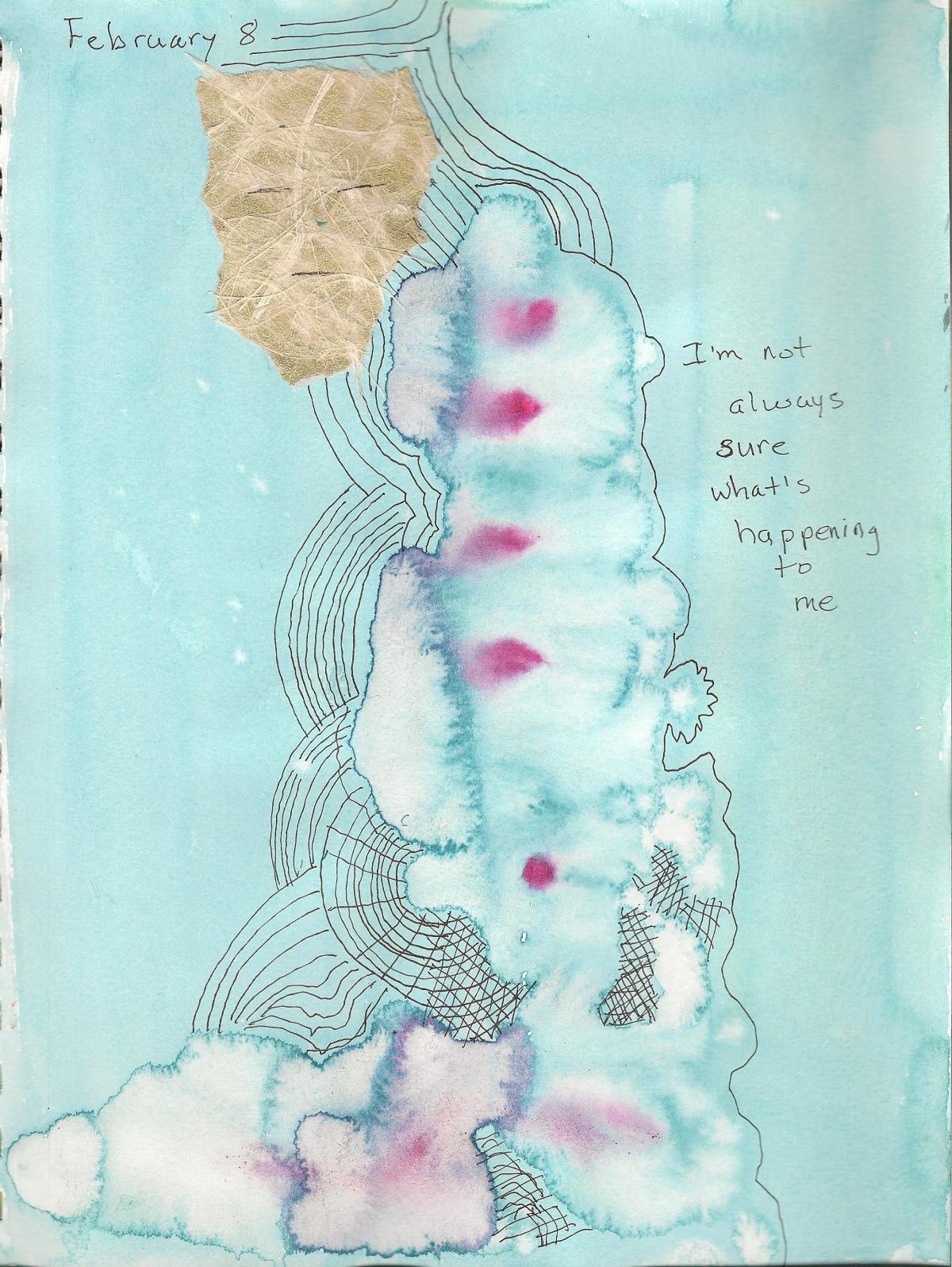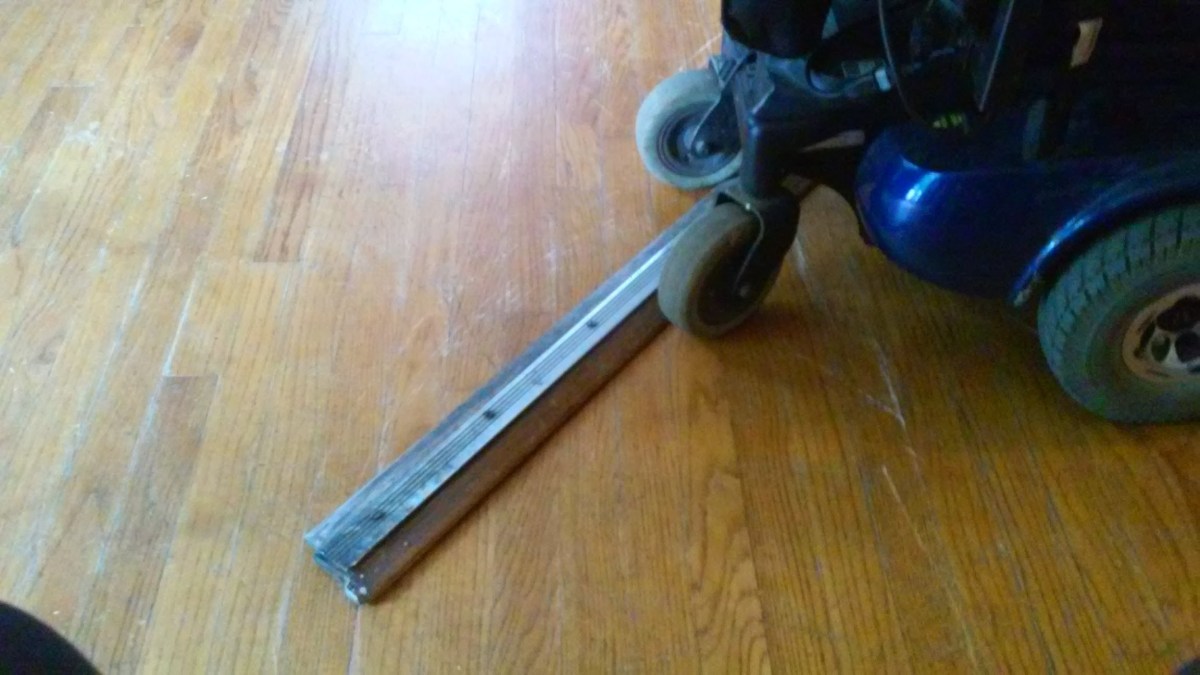It used to seem to me that processing change should take only a short time — as in a few months or a year. In fact, one of the things I require of myself when I have a major body change is that I wait a year before I decide whether or not I can live with it. If I can’t, if I haven’t experienced moments of delight, if my change hasn’t become my new normal, then I can re-examine the question of whether this life is worth living or not.

I’m talking about major health changes, more than economic or relationship disasters, but sometimes they feel unbearable, too. So much of life seems unbearable at times. But they are usually bearable, often they make us stronger, wiser, wanting to live fuller. Sometimes, of course, experiences, changes, hurts — they’re pointless and painful and have no lesson. But we get over them in time. In time, we process it, get our bearings right, and find a new way of feeling happiness and contentment.
We all carry sorrows with us. Sometimes sorrow so heavy we can hardly move under the weight. Sometimes, we dance while bearing that same weight, sometime with another who is also carrying unbearable sorrows.
Life lately has seemed to send me one challenge after another and I’m trying to process these and get on with it. I have paintings to paint, stories to write, a life to live. But I still feel confused and muddled about what to do next. I keep having complications, either from my neurological disorder, or the treatments for it, or the endless bureaucracy and screw ups with my medications.

I feel like I’m caught in a state of constant processing. And I feel bad that I’m still processing things that I should have already dealt with and moved on. (Oh, the sorrow spiral of feeling bad about feeling bad.)
I found myself last month watching a mystery series that dealt with the aftermath of a rape for the 8th time. I knew I was using it to process past trauma and to escape the present complications of my medical problems, but it seemed weird and maybe self-destructive to keep looping through this drama again and again.
I called the National Suicide Lifeline, not because I felt suicidal, but because I felt I might be self harming and I wanted to talk to someone who didn’t know me about it. I was reassured that people process trauma all kinds of ways and that there’s NO WRONG WAY, and NO DEADLINE. Watching a woman regain her sense of self after a terrifying event is probably a benign way of helping myself grieve things that happened in the past and that are happening now and will continue to happen possibly for the rest of my life. Not rape or sexual abuse necessarily, but things that make me feel utterly powerless. And worthless.
I’m dropping and breaking things. I’m running my wheelchair into door jambs and tearing up thresh holds.

I feel scattered. I feel like I’m not reading enough or keeping up with the news enough or enough in general. I’m not able to do a lot of the things I did before to make myself feel better. (I may be romanticizing the past, though. Because I have bi-polar disorder, I sometimes think I did things better before, but I can’t really tell you what those things are. Toni Bernhard wrote a great article about that in Psychology Today Online: https://www.psychologytoday.com/us/blog/turning-straw-gold/201308/good-old-days-syndrome
I’ve spent a lot of time planting things for my porch garden and now I’m spending a lot of time looking at dirt, waiting for those first few leaves to break through. Shouldn’t I be working on my something or something else? While I still can?
I’m not writing this to get sympathy or reassurance. I’m actually doing well. Remaining productive while dealing with what feels like a rapidly deteriorating health condition in a slow, slow, slow health system. I’ve experience such moments of bliss and joy in this past year that I could hardly keep from weeping — even in this past month. I feel loved and valued. I am so grateful to everyone who supports me, those I know well, and those I only know marginally through the internet.
Still, I’m processing things and I can’t quite get my mojo working the way I want. Does any one? Do you? How do you process change?
I talked to a friend, after talking to the kind person at the Suicide Prevention Hotline, and my friend said she did the same thing, watched things over and over. She didn’t feel like she had to justify it either. She just did it because it was what she felt like doing. Ah, how I complicate my own life and emotions and needs.
Well, I’ll keep processing things. And when I’m ready, I’ll do something else.

(The National Suicide Lifeline is a great place to find someone to talk to, even if you’re not necessarily suicidal but standing on shaky ground. Even if you have friends and counselors and doctors. They listen and hold up a life giving mirror to reflect life in. Hope is their specialty. They also have a chat line.)
~~~
If you’d like to support my art and writing, please consider becoming a donor on Patreon:
https://www.patreon.com/user?u=8001665
If you prefer to make a one time donation, you can do so at paypal.com My paypal account is set up under my email at joyzmailbox@gmail.com If you have any questions you can email me.
You can get prints and cards of my work on Redbubble:













